24 pages • 48 minutes read
Langston HughesSlave on the Block
Fiction | Short Story | Adult | Published in 1933A modern alternative to SparkNotes and CliffsNotes, SuperSummary offers high-quality Study Guides with detailed chapter summaries and analysis of major themes, characters, and more.
Story Analysis
Analysis: “Slave on the Block”
“Slave on the Block” highlights the tension between the political ideals of white liberals and the reality of their day-to-day interactions with Black people. During the 1920s, white people were eager to explore Harlem and to consume the music, dance, and art that Black people created in giving birth to the Harlem Renaissance. However, those interactions didn’t always translate to greater social and political equality for Black Americans.
Still, wealthy white people like the Carraways were avid consumers of Black music, art, and culture. For them, Black culture afforded an experience of life they considered free from the inhibitions of a stale Western culture that had lost moral authority with the coming of World War I and the insights of people like Sigmund Freud. Freud and others highlighted the degree to which people were not the rational creatures that the 16th- and 17th-century thinkers of the Enlightenment had painted them to be. Instead, people were irrational and motivated by drives like sex.
The Carraway couple, like many liberal-minded people of this period, see Black people as more in touch with their primitive natures. Creating art influenced by African and Black American culture, slumming through Black quarters like Harlem, and engaging socially with Black people are their efforts to approximate the freedom that they associate with being more primitive.
Related Titles
By Langston Hughes

Children’s Rhymes
Langston Hughes

Cora Unashamed
Langston Hughes

Dreams
Langston Hughes

Harlem
Langston Hughes
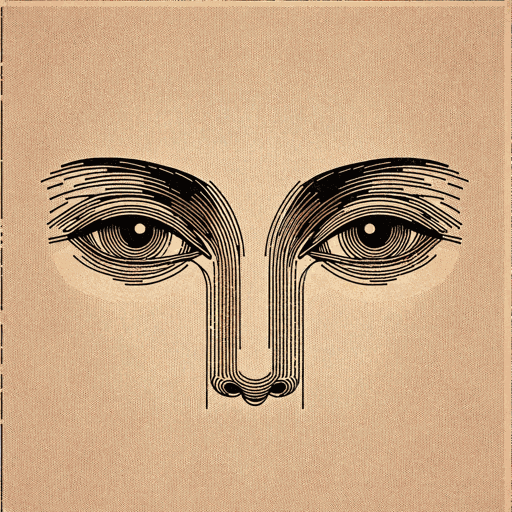
I look at the world
Langston Hughes
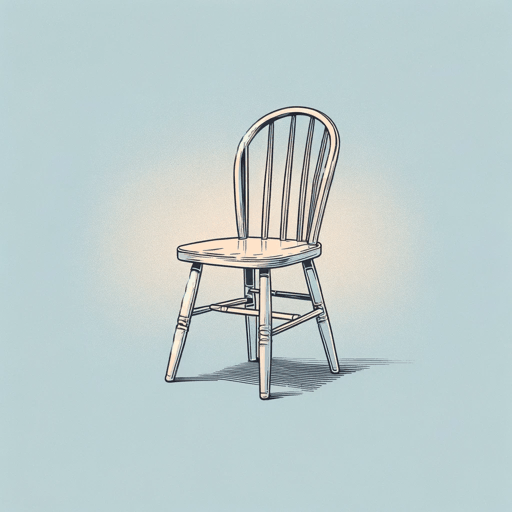
I, Too
Langston Hughes
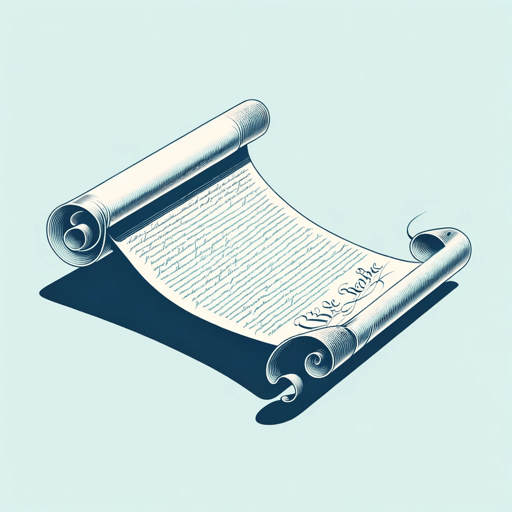
Let America Be America Again
Langston Hughes
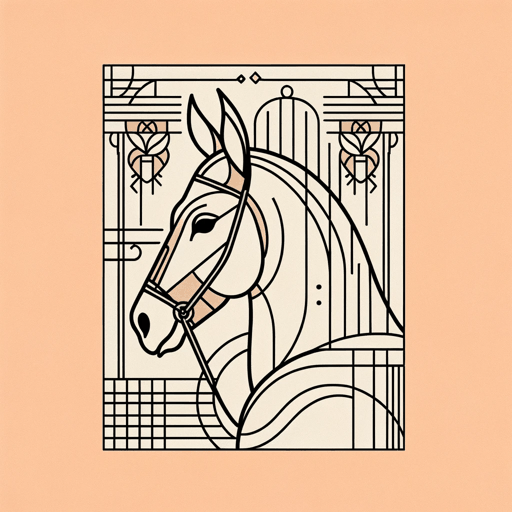
Me and the Mule
Langston Hughes

Mother to Son
Langston Hughes

Mulatto
Langston Hughes

Mule Bone: A Comedy of Negro Life
Langston Hughes, Zora Neale Hurston
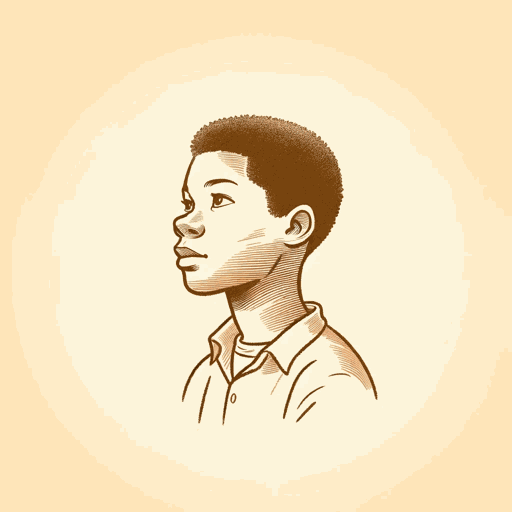
Not Without Laughter
Langston Hughes
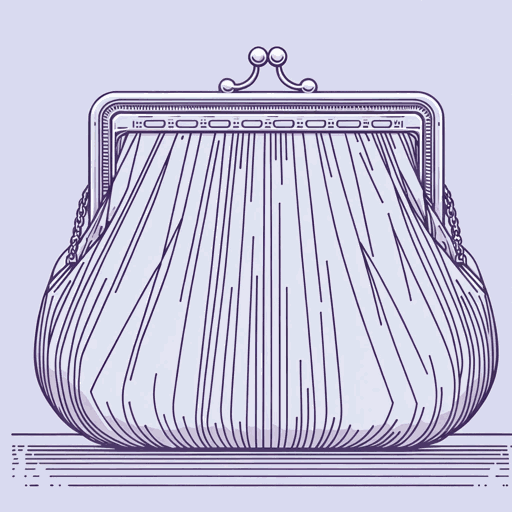
Thank You, M'am
Langston Hughes

The Big Sea
Langston Hughes
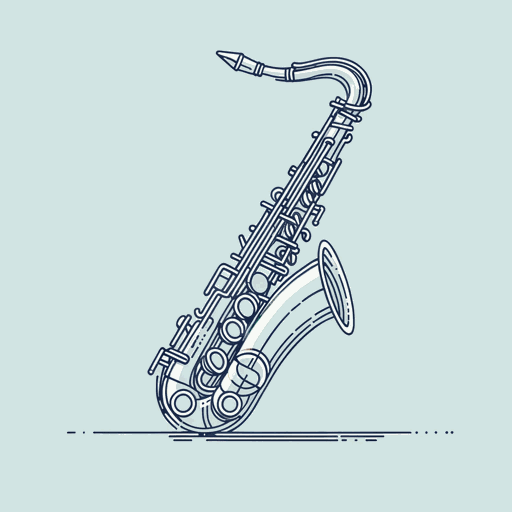
Theme for English B
Langston Hughes

The Negro Artist and the Racial Mountain
Langston Hughes

The Negro Speaks of Rivers
Langston Hughes
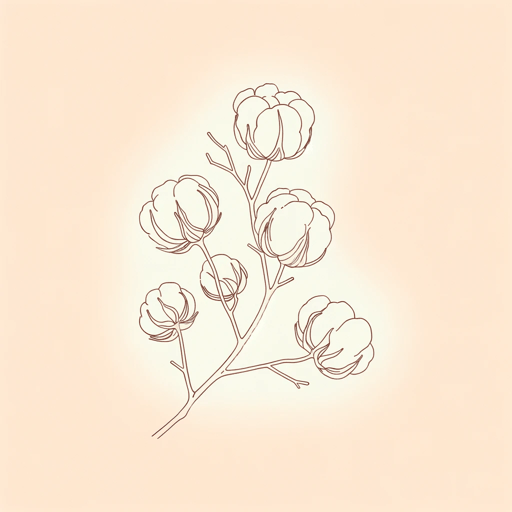
The Ways of White Folks
Langston Hughes
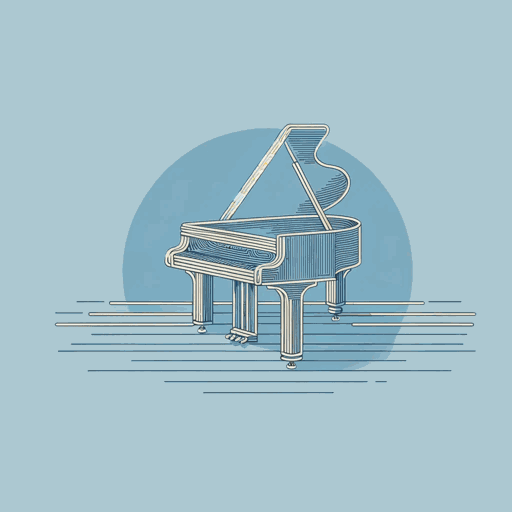
The Weary Blues
Langston Hughes

Tired
Langston Hughes
Featured Collections
A Black Lives Matter Reading List
View Collection
African American Literature
View Collection
Black History Month Reads
View Collection
Books on Justice & Injustice
View Collection
Civil Rights & Jim Crow
View Collection
Contemporary Books on Social Justice
View Collection
Historical Fiction
View Collection
Pride & Shame
View Collection
Psychological Fiction
View Collection
Realistic Fiction (High School)
View Collection

